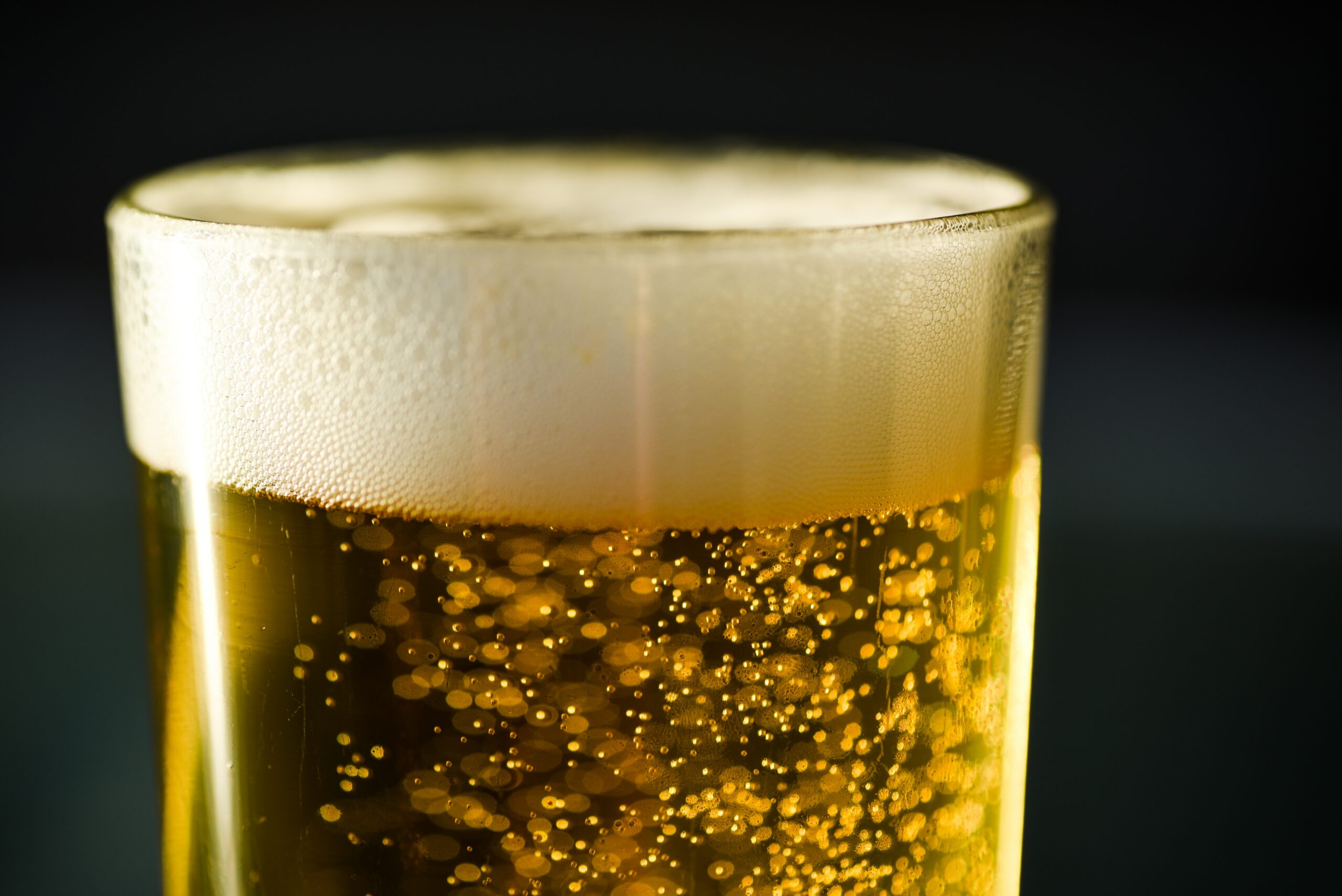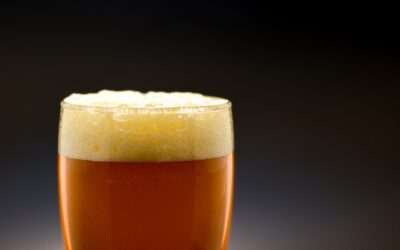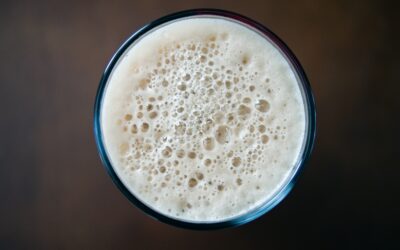The homelands of authentic blond lagers are the Czech Republic, Germany and Austria, though the global spread of the various related styles in the late 19th century encouraged a few classic examples in other countries. The best examples of traditionally-made blond lager makes up, perhaps the world’s most intricately crafted simple beers.
Bohemian světlý
The key quality of a classic Bohemian (or Czech) blond lager is drinkability. This is achieved by balancing a rich malty character with a noticeable but well-rounded hop presence that is never harsh. A little diacetyl – a butterscotch-flavoured organic compound considered a flaw in many styles, is allowed provided it is consistent. The grain base is lightly kilned, unrefined Moravian malted barley and the hops are Bohemian Saaz (locally Žatec). Decoction mashing is essenmtial, and is often repeated three times, squeezing maximum flavour from the malt. Cold-conditioning may last three months. The style comes in two principle intensities, measured in degrees Plato. A premium quality beer of 12 degrees Plato (4.8-5.1% ABV) is termed Světlý Ležák (literally ‘Pale Lager’ and pronounced ‘S-vet-lee Leh-zhaak’ in English), while the regular 10 degree Plato beer (4.4-4.7% ABV) is Světlé Výčepní (literally ‘Pale Tap’ and pronounced ‘S-vet-leh Vee-chepp-nee’). Stronger versions of blond Czech lagers, at 13 degrees and up (5.4-6.4% ABV) are called Speciálni. The word nefiltrované means ‘unfiltered’, while a variant labelled Kvasnicové is created when fresh yeast is added to filtered wort and reignites a small amount of additional fermentation, developing the character a little further, in the manner of British cask-conditioning. This latter practice is unique to some blond Bohemian lagers as far as we are aware.
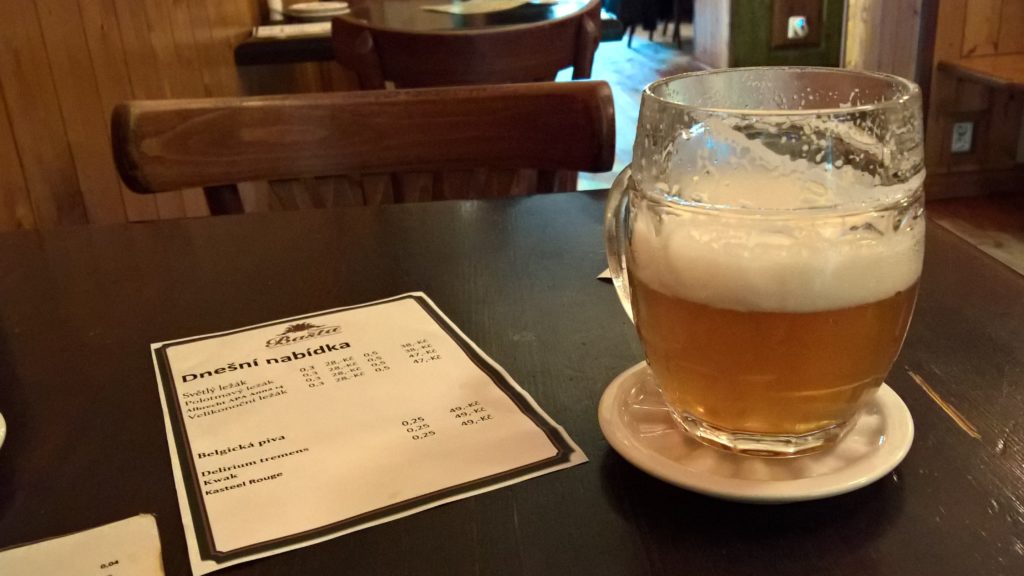 A refreshing glass of světlý ležák at a brewpub in Prague (photo: André Brunnsberg)
A refreshing glass of světlý ležák at a brewpub in Prague (photo: André Brunnsberg)
Helles (or Hell)
Fermented through to dryness but still classy for being brewed from 100% malted barley, accented with German hops. Sometimes termed Munchener Helles (4.7-5.1 % ABV), for being the workaday blond beer of Munich, the capital city of Bavaria. The word ‘Hell’ can mean ‘blond’, ‘light’ or ‘bright’, each of which is accurate. The name has proved popular with craft brewers in many countries, where it has come to mean, roughly, a ‘crafty lager lookalike’.
German Pils
This light bodied, highly attenuated, elegantly floral, blond style, beautiful enough to justify a bouffant head, was seen as the showboat of late 20th century German brewing, yet takes its name from the Czech town of Plzeň (once Pilsen), where blond lager was first sold in 1842. The first Bavarian interpretations appeared around 1870, more highly hopped, reflecting the harder waters of the region. It is made typically by infusion or single-decoction mashing, with a brand-specific mix of German hops. The Pilsener name was deemed not to be copyright by Germany’s supreme Court in 1913, since when it has been much misused around the world. The style has become less popular in recent years, with the classier, more hop-forward versions now often appearing as Ur-Pils, implying “original”.
Märzen (or Oktoberfestbier)
German Märzen beers are typically darker, maltier and richer than Pils, and not so hoppy. Although they can come in Amber or Dark, they are primarily a blond style. The Austrian variants are lighter in every sense, with a significantly drier finish. Although they now appear year-round the style is named for the fact that they used to be made in March, kept over summer in cold caves and finished off at the end of the summer, at events often called Oktoberfest, leading to some being branded Oktoberfestbier.
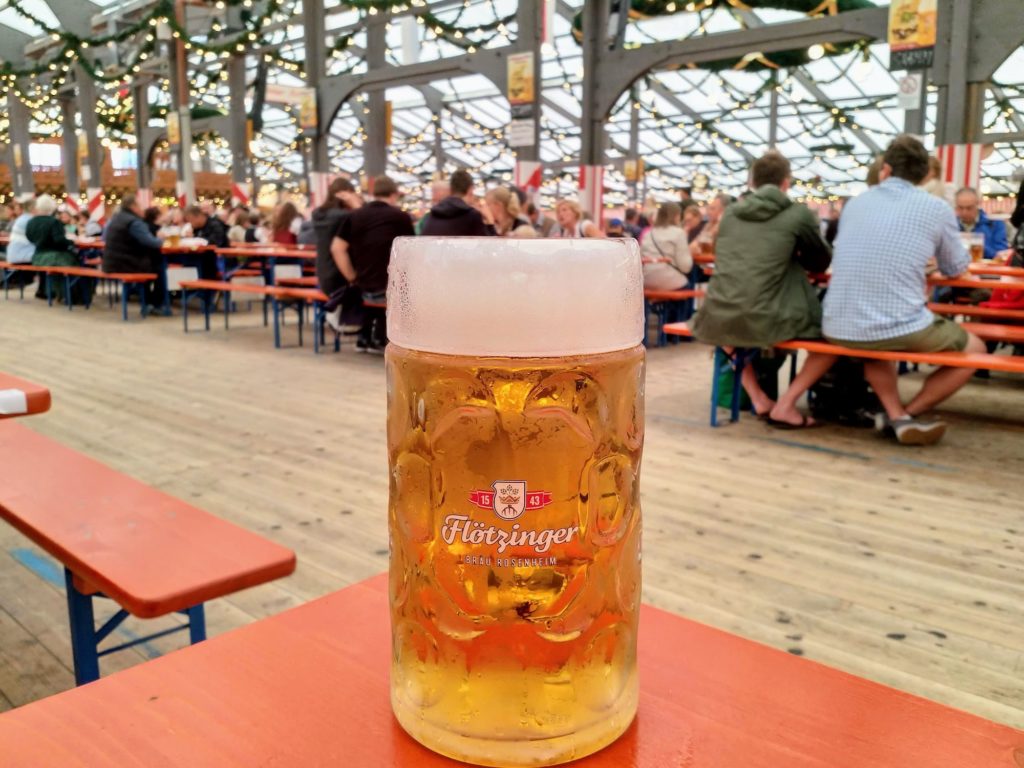 A nice, foaming litre glass, or Maß, of Märzen at a festival in Rosenheim, Germany (photo: André Brunnsberg)
A nice, foaming litre glass, or Maß, of Märzen at a festival in Rosenheim, Germany (photo: André Brunnsberg)
Emerging blond lagers
The financial appeal of creating a “craft” version of blond lager is obvious and in recent years many smaller, independent breweries have been experimenting actively with different hop recipes, 100% traditional variety Pilsener malts, some use of decoction mashing, and even extended cold conditioning. In general this is a work in progress.
The type with perhaps the best claimed to being considered a new sub-style is Italian Pils. Since 1996, when Birrificio Italiano in Como began to produce its first dry-hopped blond lager, brewers in Italy have created variations using fresh hops, experimental hops and in some cases hops grown specifically for particular ‘terroir’. The emerging style is worth watching and its example worth trying.

